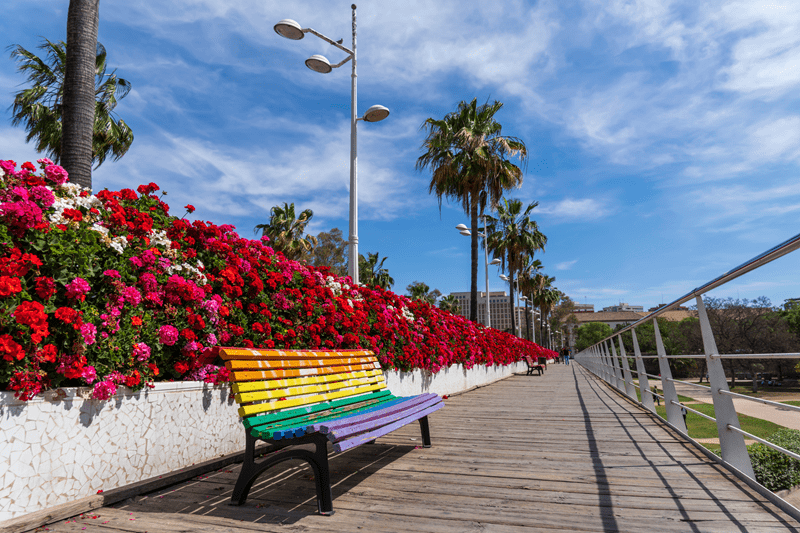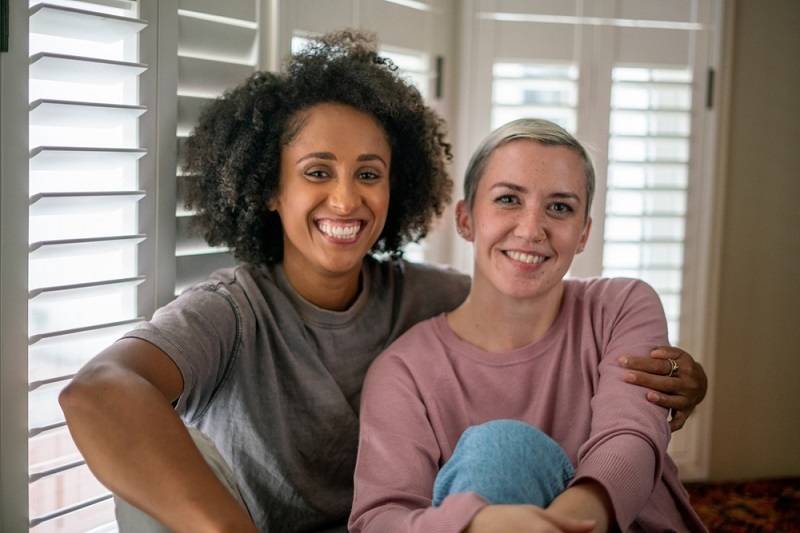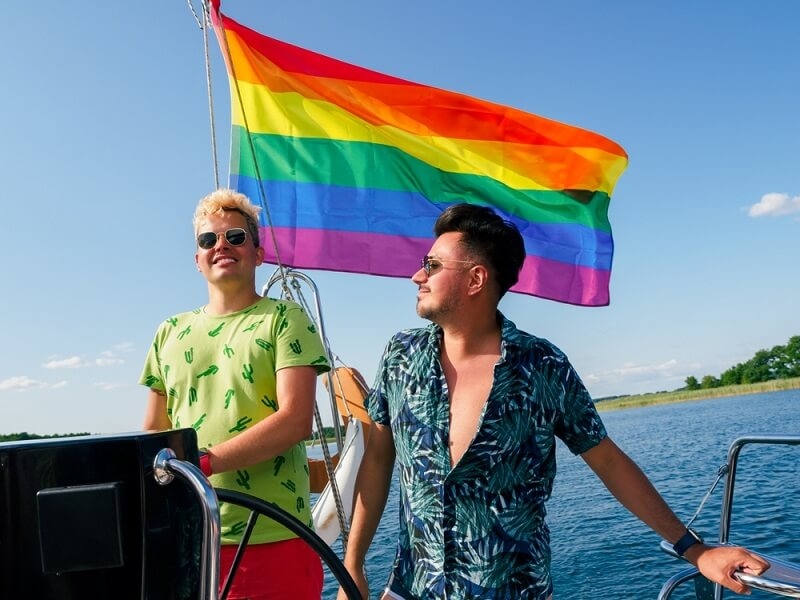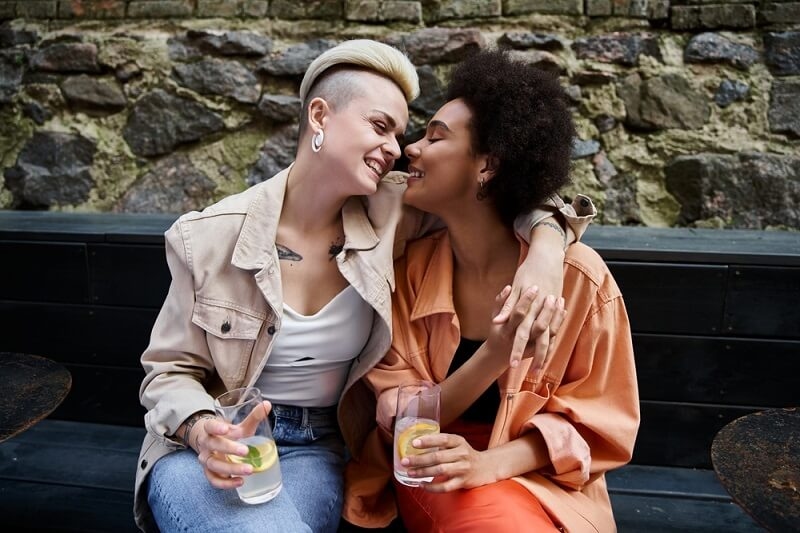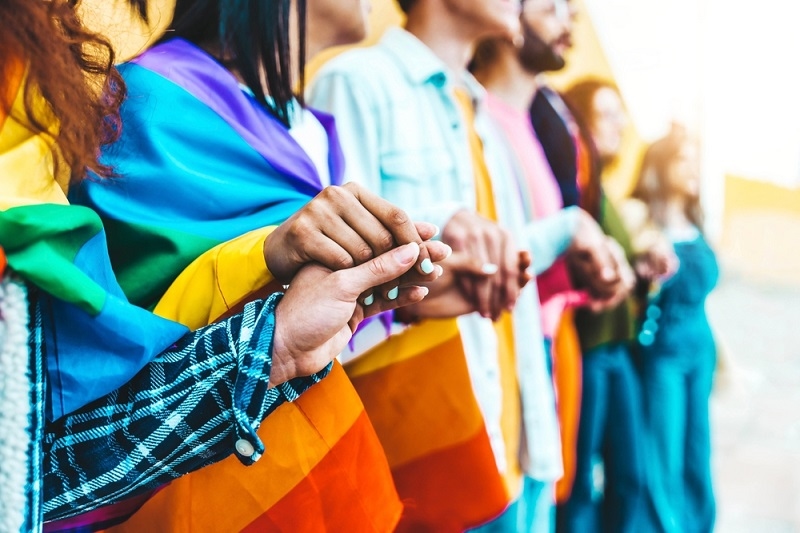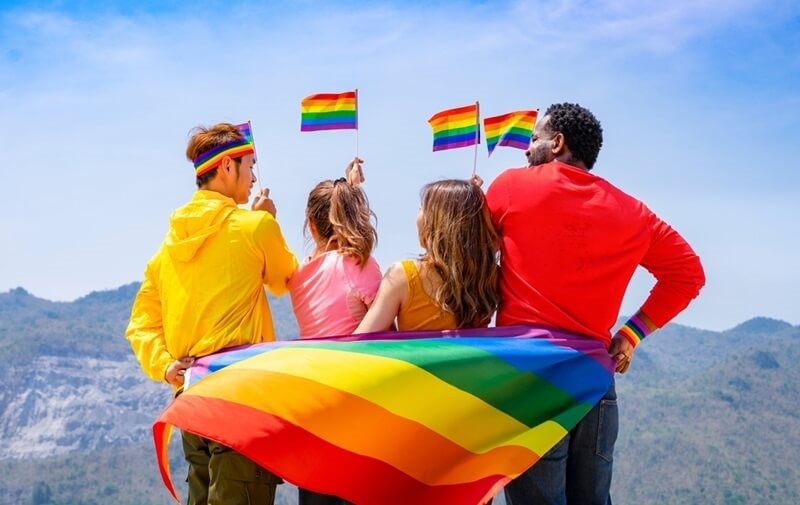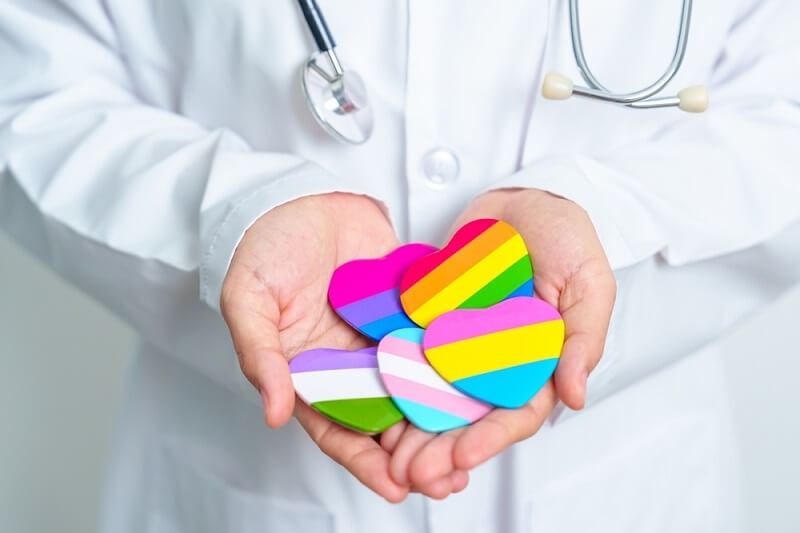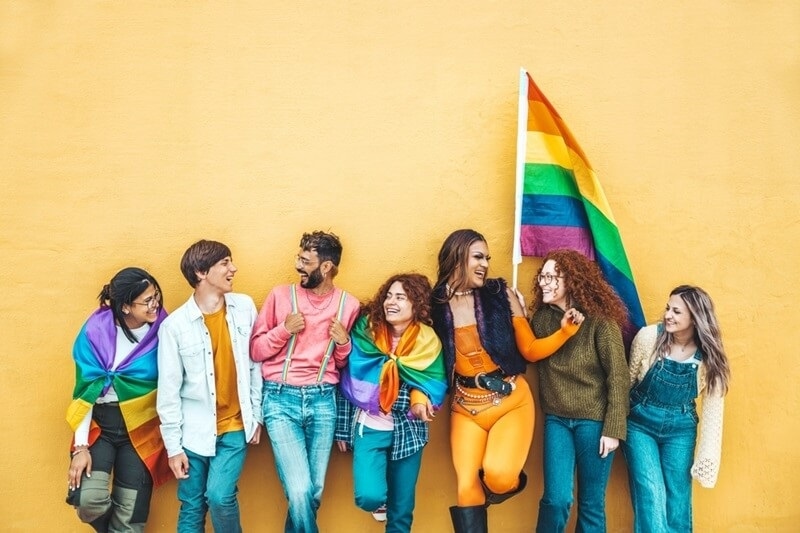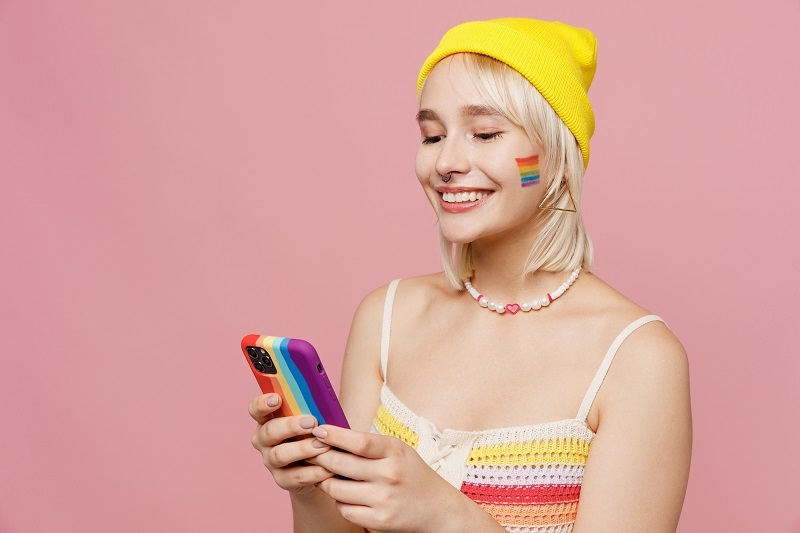Pansexual vs Bisexual: Gen Z’s Take on Modern Love
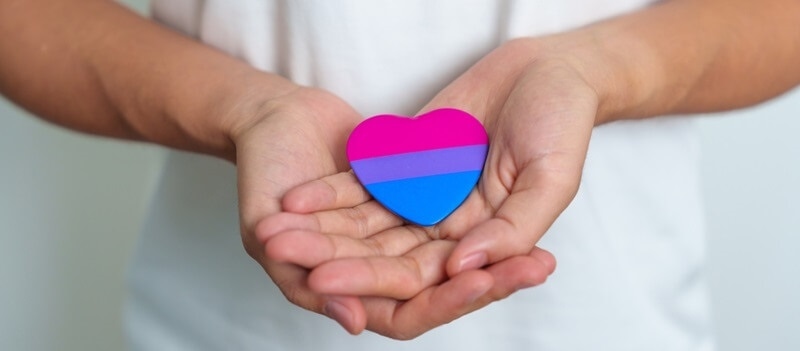
Love has always been complicated, hasn’t it? And now, as more people open up about who they are, new words have entered our everyday conversations. Pansexual vs bisexual is one of those comparisons that keeps coming up, especially among Gen Z, who are far more comfortable questioning traditional labels.
But before we try to figure out how these identities differ, it’s important to understand something: both pansexual and bisexual people experience attraction beyond the old “boy or girl” binary. The difference lies more in how they describe that attraction than who they’re attracted to.
What Is Pansexuality?
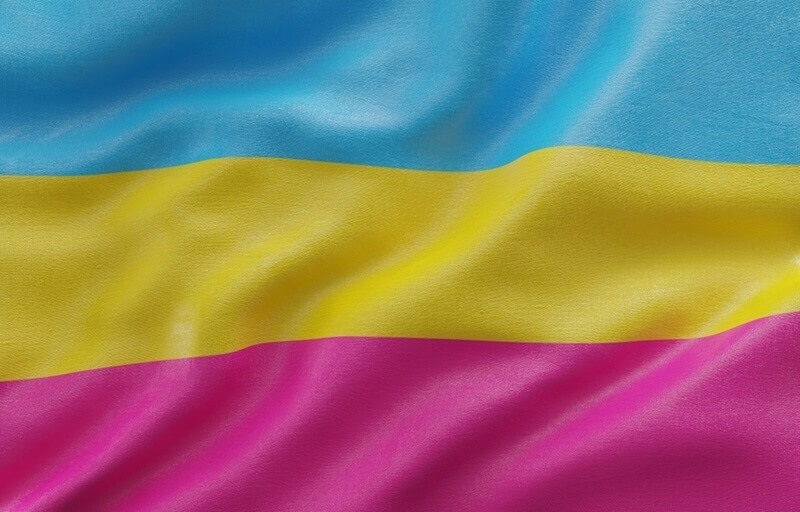
If you’ve ever asked yourself what is pansexuality or what’s pansexuality, the answer is simple but meaningful. A pansexual person is attracted to others regardless of gender identity or biological sex. It’s not that gender doesn’t exist; it just isn’t a deciding factor in who they connect with.
Pansexuality is often described as attraction to “people, not genders.” That doesn’t mean pansexual people are attracted to everyone they meet. It simply means gender doesn’t limit who they might develop feelings for.
And yes, there’s a pansexuality flag that represents this identity. It has three colors: pink for attraction to women, blue for attraction to men, and yellow for attraction to people of all other gender identities. You’ll see it at Pride events, on social media bios, and even on clothing, a small symbol that says, “I’m valid just as I am.”
Explore More: Top LGBTQ+ Advocacy Organizations You Should Know About
What Does It Mean to Be Bisexual?
Bisexuality, on the other hand, means being attracted to more than one gender. Traditionally, people thought it referred only to men and women, but that idea has changed. Today, bisexuality includes attraction to people across different gender identities, not just the binary ones.
The “bi” in bisexual doesn’t mean “only two.” It simply means attraction to more than one. A bisexual person might be attracted to men and women, or men and non-binary people, or any combination. Like pansexuality, bisexuality is broad and personal.
So when people compare pansexual vs bisexual, the difference isn’t black and white. Pansexual individuals might feel that gender doesn’t play any role in attraction, while bisexual people might still recognize it as part of how they experience attraction—but not as a limitation.
How Gen Z Redefines These Labels
For Gen Z, sexuality isn’t something to fit neatly into boxes. It’s fluid, evolving, and deeply personal. That’s why they talk so openly about pansexual vs bisexual—not to argue, but to understand themselves better.
You’ll hear many Gen Z voices saying, “I like people for who they are, not what they are.” That statement alone captures how they view what pansexuality and other similar terms. Labels are not cages for them; they’re just a way to express how they feel at a given moment.
There’s also a growing comfort in saying, “I don’t know exactly what I am yet,” and that honesty feels like progress. The Gen Z generation seems to be more open-minded regarding sexuality as something that can be developed and changed, whereas the older generations tended to view it as something set in stone.
Representation and the Rise of Pansexual Celebrities
The concept of visibility is crucial. The mere acknowledgment of one's presence in society through the media assists the individuals to realize that their feelings are both real and legitimate. This is exactly the reason why the appearance of pansexual celebrities is one of the main factors that drive such discussions.
Among them are Miley Cyrus, Janelle Monáe, and Brendon Urie who have all been very vocal about their pansexuality. These individuals have made it clear by their stories that sexuality is not a matter of shame but rather a matter of self-acceptance. The presence of these pansexual celebrities also helps those young people, especially who are still in the process of determining their sexuality, come to terms with it.
And when someone Googles what is pansexuality or what’s pansexuality after hearing one of these stars talk about it, that curiosity turns into awareness. Becoming a flag that is more than a mere pattern, the pansexuality flag becomes one of freedom and acceptance.
Must Read: Understanding Gynosexuality: Insights and Perspectives
Pansexual vs Bisexual: Why the Difference Matters
Some might wonder why the pansexual vs bisexual debate even matters when both celebrate attraction beyond gender. The answer is visibility. Having specific words helps people describe their experiences and find others who relate.
For example, someone who feels their attraction isn’t influenced by gender might identify as pansexual. Someone who feels gender does play some role, even if they’re attracted to more than one gender, might prefer bisexual. Both are valid. The labels exist to express identity—not restrict it.
And honestly, there’s something empowering about knowing exactly what word fits you best, even if it changes later. It’s like having language that finally matches how you feel inside.
Social Awareness and Changing Conversations
The upsurge in the use of the terms pansexual and bisexual in painstakingly giving the specifics of sexual orientation has resulted in much more open dialogues in schools, media, and even workplaces. One can easily spot the flying of the pansexual flag during the Pride Month celebration or the wearing of badges as a sign of one’s orientation by people. Although these acts may seem small, they are actually sending out quite a powerful message which is that all people equally deserve the right to be recognized and treated with dignity.
Online, hashtags like #PansexualPride and #BiVisibilityDay have helped educate millions. What used to be whispered about in private is now celebrated out loud. And that’s the kind of social shift that changes how future generations will talk about love and identity.
Gen Z’s Take on Fluidity
The most interesting thing about Gen Z’s approach is that they don’t feel pressured to pick one label forever. Someone might identify as bisexual for a few years and later realize pansexual fits better, or vice versa. It’s not about being confused; it’s about understanding themselves better over time.
They’ve grown up surrounded by diversity and conversations about gender that didn’t exist before. So when they think about pansexual vs bisexual, they see it less as a debate and more as two different shades of the same spectrum.
This openness has also encouraged empathy. Even people who don’t identify as LGBTQ+ are learning what these terms mean, asking respectful questions like what’s pansexuality instead of making assumptions.
You may like: Expert Relationship Advice for Demiromantic Individuals
Conclusion: Love Doesn’t Need Boxes
In the end, the pansexual vs bisexual discussion isn’t about which label is “right.” It’s about giving people the words they need to describe who they are. Both identities challenge the old belief that attraction must fit specific rules.
The pansexuality flag and the bisexual flag may have different colors, but they both wave for the same reason: freedom to love without limits. Whether you’re bisexual, pansexual, or somewhere in between, what matters most is how you connect, not how you’re categorized.
So maybe it’s time we stop overanalyzing and start listening. Because love, in all its forms, doesn’t really care about labels. It just is.






